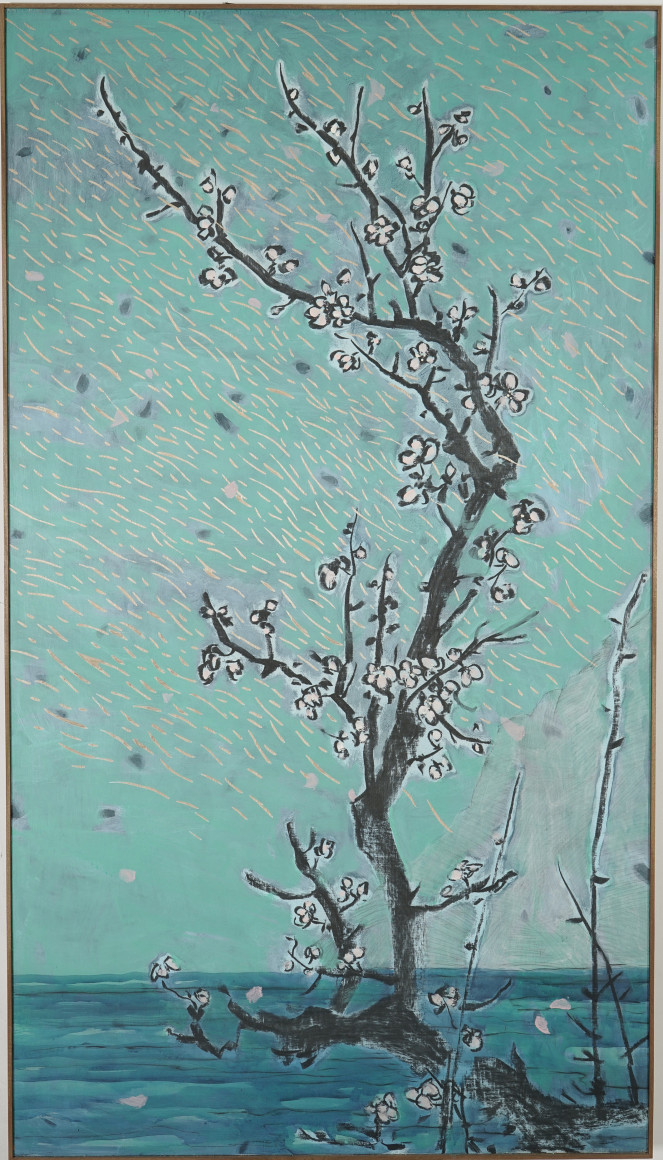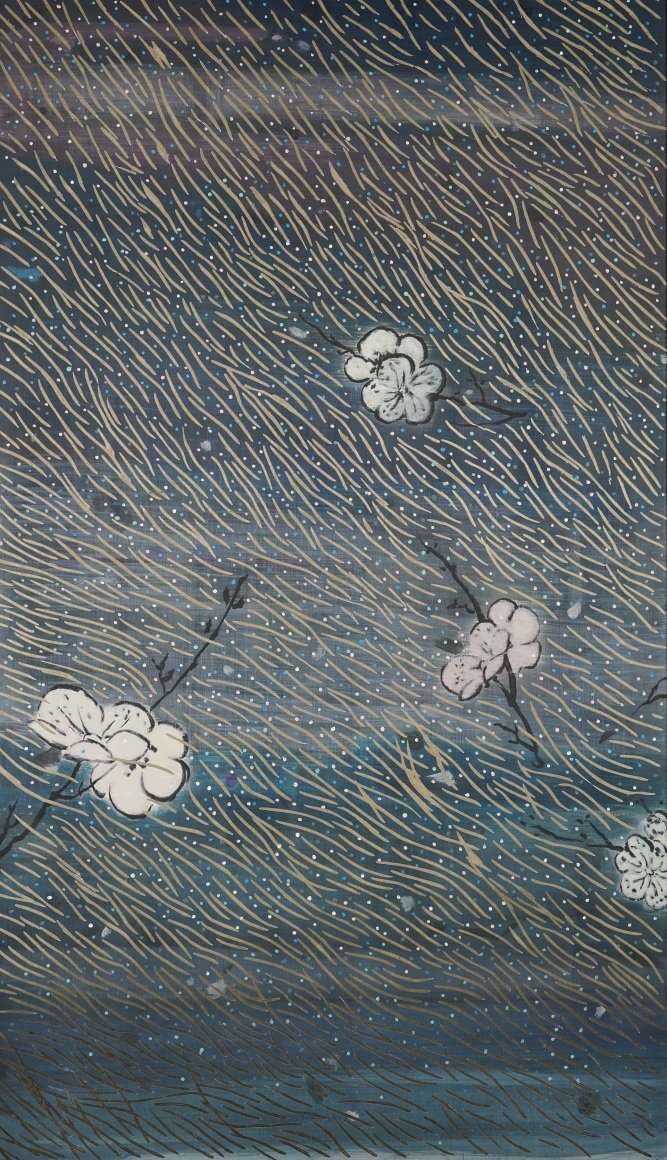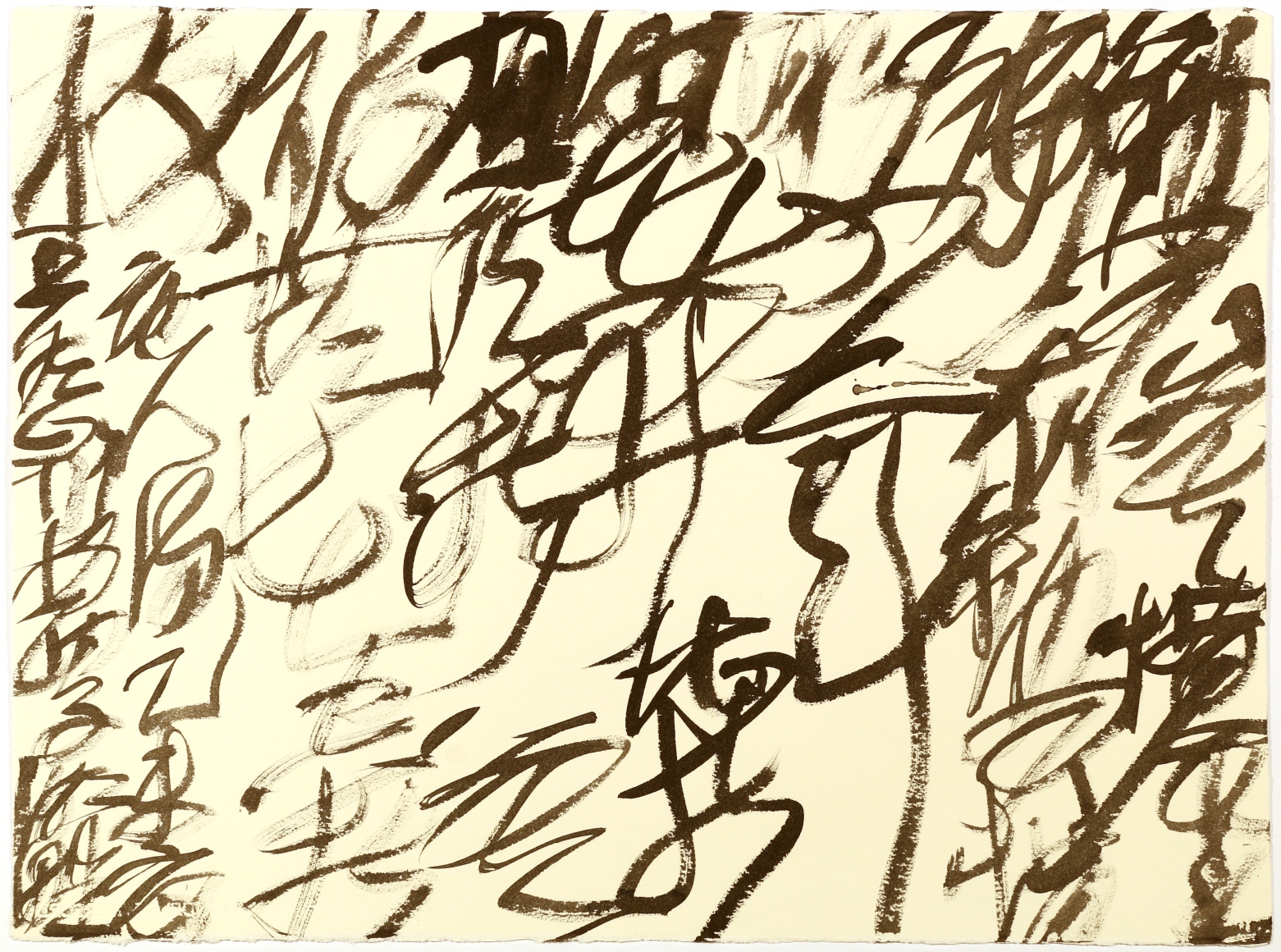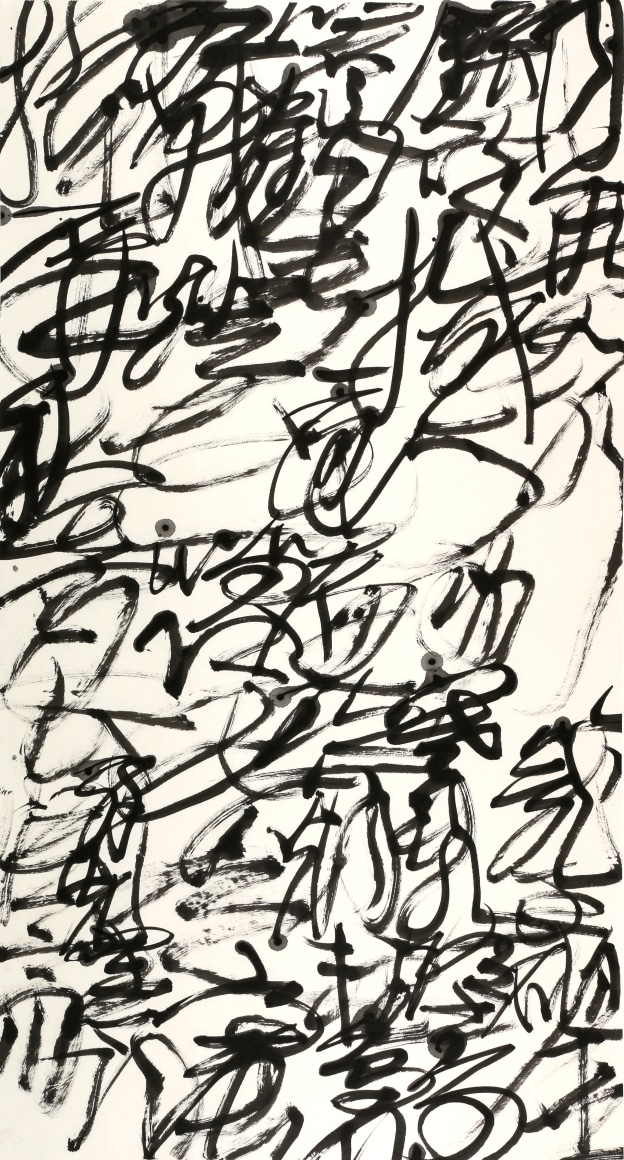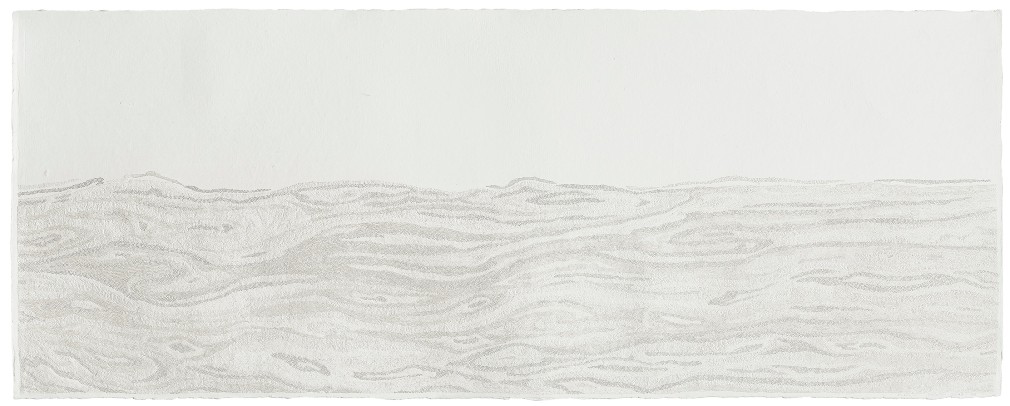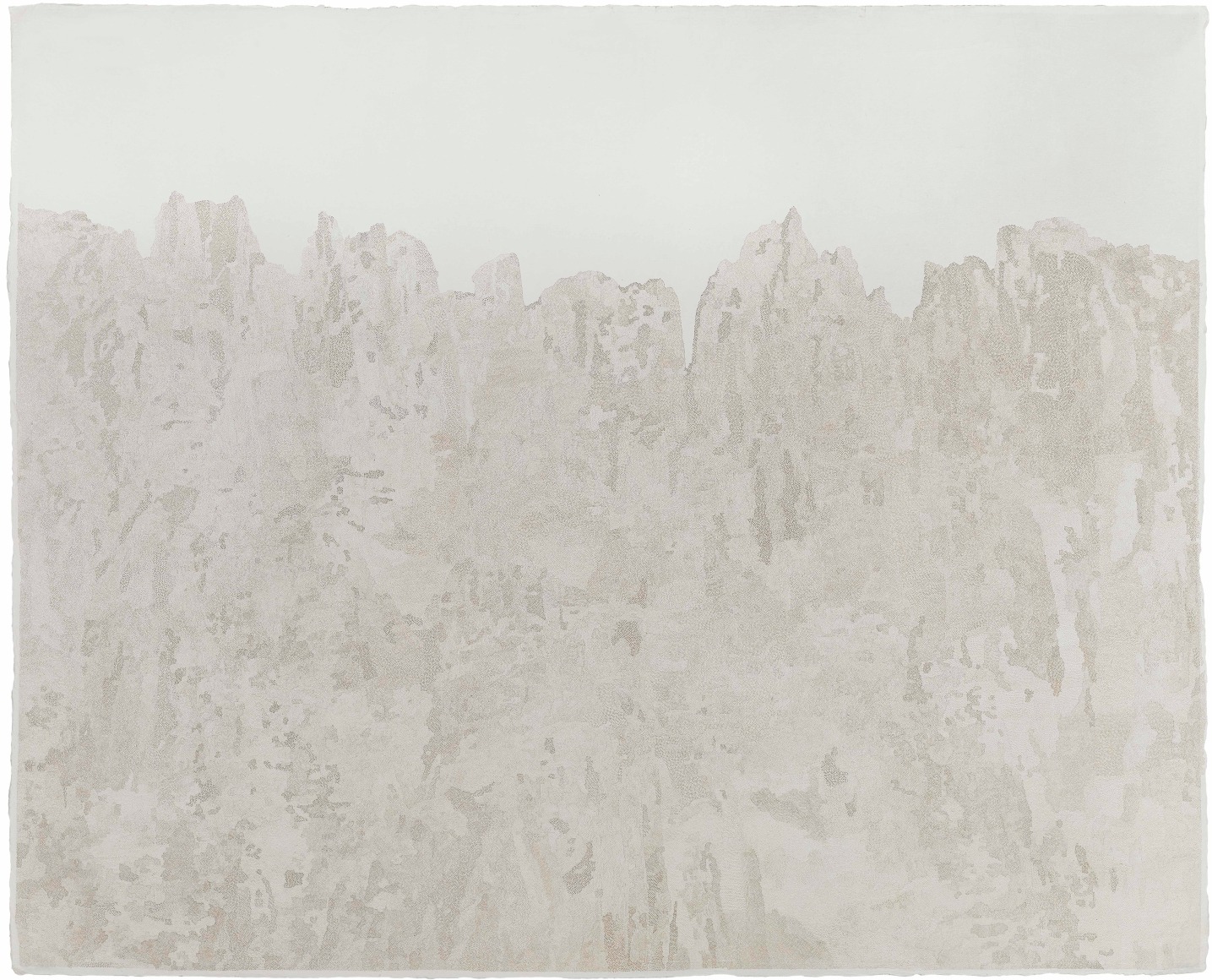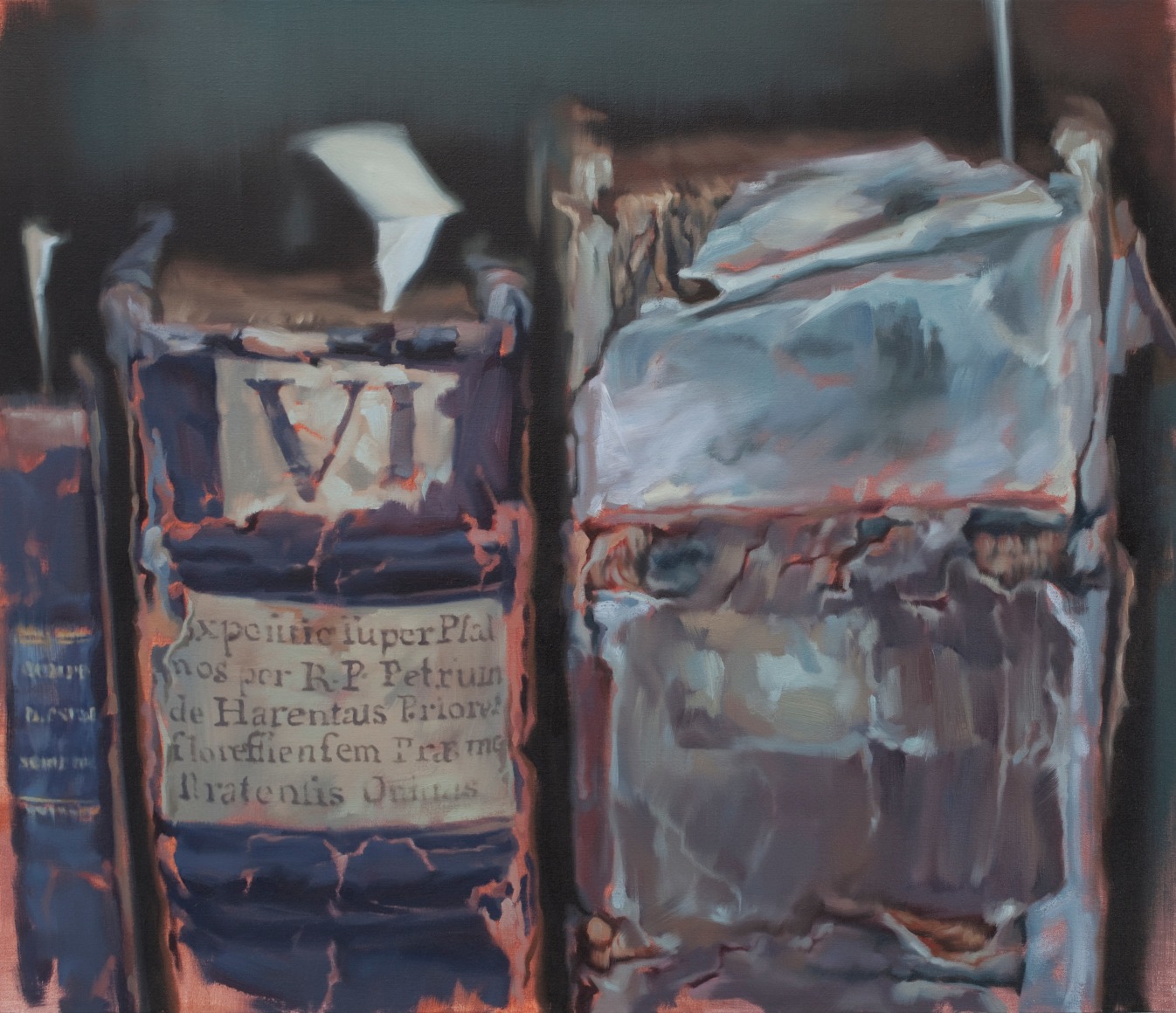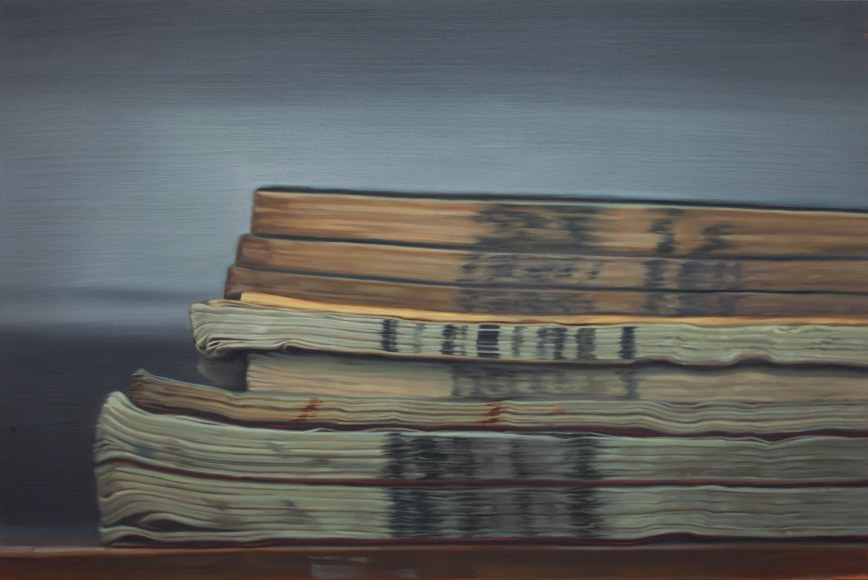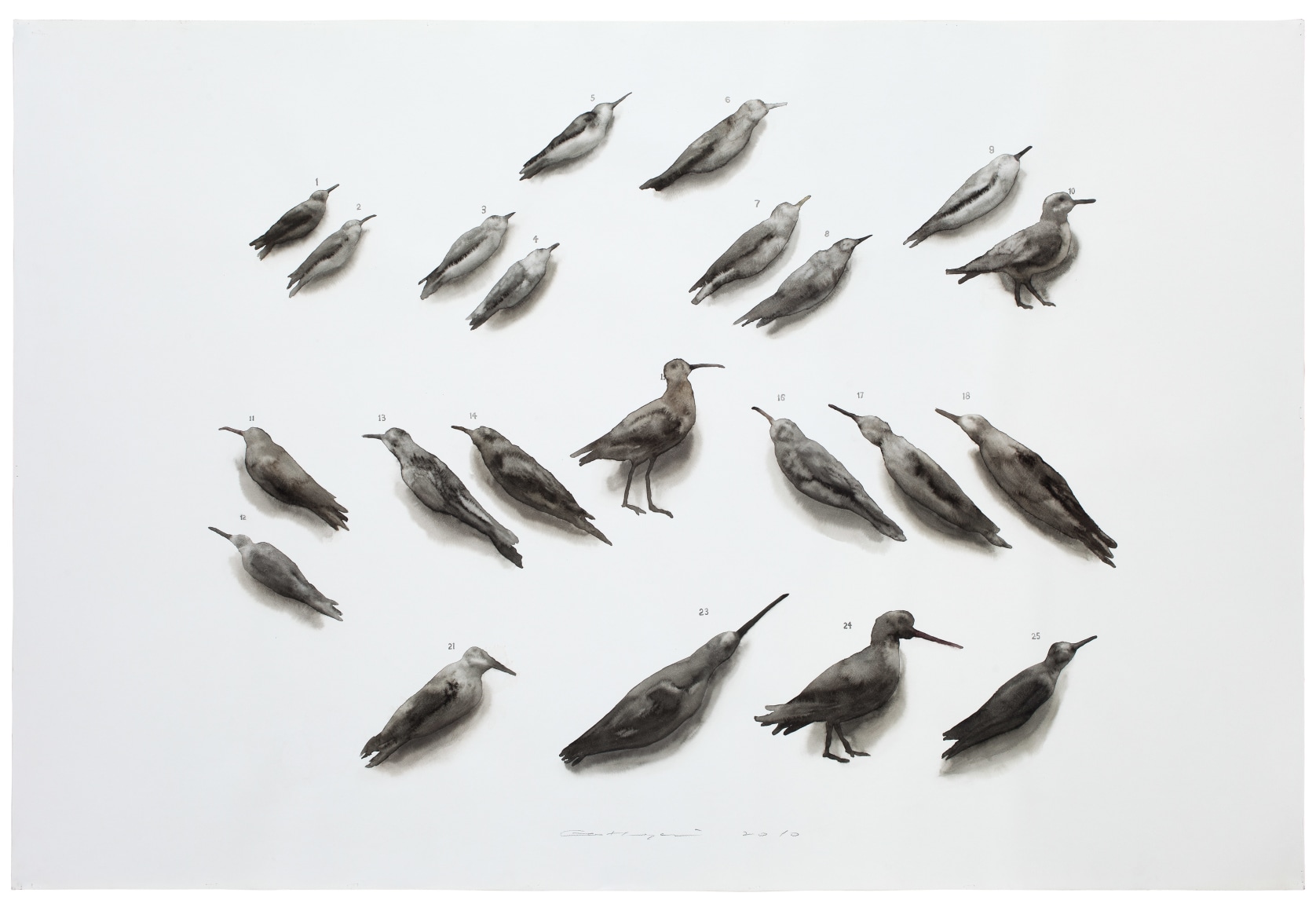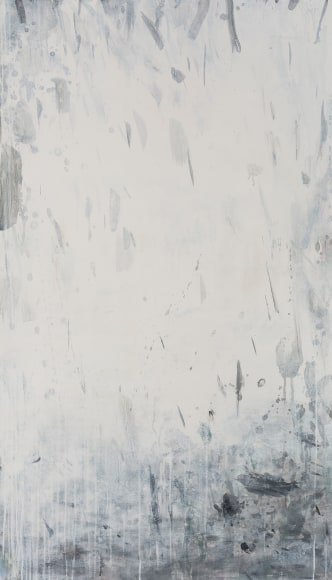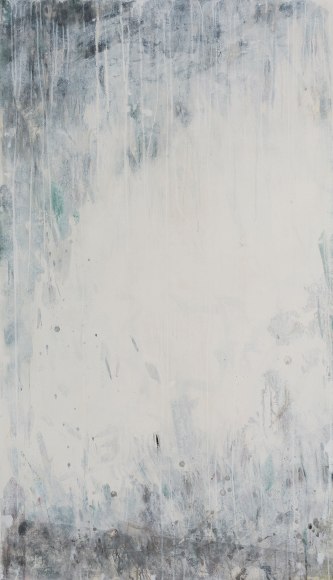Chambers Fine Art is extremely pleased to be participating in the San Francisco edition of UNTITLED for the first time. We will be presenting exhibitions by five highly distinctive artists whose careers have been devoted to intense questioning of the medium in which they choose to work.
Born in 1957 in Hangzhou, YanShanchun is the senior artist in the group and the most indebted to the thematic content of traditional Chinese art, the titles of his paintings and prints generally referring to famous landscape motifs of Hangzhou's West Lake district. Visually, on the other hand, his paintings hover on the edge of abstraction, a reflection of Yan’s intensive study of Western painting techniques. In the paintings on view at UNTITLED, glimpses of the West Lake and its surroundings can be seen through multiple layers of pigment which range from thin ink washes to thicker applications of oil and acrylic applied with a palette knife. As in certain works by Cy Twombly, the pale, scuffed surfaces allude to a surprisingly wide range of cultural and historical themes.
XieXiaoze was born in Guangdong, China in 1966, and graduated from Tsinghua University and the Central Academy of Arts and Design, Beijing before moving to the United States and settling in Texas where he continued his studies in a very different environment. He is currently the Paul L. & Phyllis Wattis Professor in Art, Department of Art & Art History, Stanford University, California, USA. As a realist painter by vocation, early in his career Xie found a way to combine his passionate interest in Chinese history and current world events with more formal concerns by focusing on the materials stored in archives and library stacks as the subject matter of his paintings. Xiaoze’s ongoing Library and Chinese Library series will both be featured in this exhibition.
Born in Sichuan Province in 1982, GuoHongwei graduated from the Sichuan Fine Arts Institute, Chongqing in 2002 and currently lives and works in Beijing. He has emerged as one of China’s outstanding young painters, widely admired for the superb technique of his water colors, many based on botanical subjects, as well as his manipulation of materials on canvas in which the images emerge and are transformed by his unorthodox combination of oil, acrylic and varnish. For UNTITLED, we will present a selection of watercolors from 2010 to present, revealing the gradual progression of Guo Hongwei’s sustained, investigative documentation of his natural surroundings.
Fu Xiaotong was born in Shanxi in 1976, and received her BA in Fine Arts from the Tianjin Academy of Fine Arts, Tianjin in 2000. After working at the Institute of Fine Arts, Hebei United University, she received her MA in Fine Arts from the Department of Experimental Art, China Central Academy of Fine Arts, Beijing in 2013. Throughout her career, Fu Xiaotong has returned again and again to the overwhelming majesty of mountains and the sea, and challenged herself to capture their grandeur on a flat surface. To accomplish this, she has taken a seemingly counter-intuitive approach, using thick sheets of handmade Xuan paper, the traditional support for Chinese painting through the centuries, she perforates the surface with tens of thousands of pinpricks made at different angles and from both sides of the paper, resulting in a beautiful and varied texture.
Born in Hong Kong in 1978, Lam Tung-pang studied fine art at the Chinese University of Hong Kong, and later received his MFA from Central Saint Martins in London, England in 2004. A prominent Hong Kong artist, Lam is best known for his charcoal and pigment works on wood panel, although in recent years perhaps even more so for his large-scale installation works that now dot the Hong Kong cityscape. We will present Meaningless, a new body of work where, in an effort to re-connect to his painterly roots, Lam revisits the visual language of traditional Chinese landscape, finding particular inspiration in Ming and Ching dynasty woodblock prints. Perhaps as a nod to the wood-block process, Tung-pang has begun to carve directly into painting surfaces, exposing the bare wood underneath, developing a new vocabulary that blurs the boundary between painting and object.

